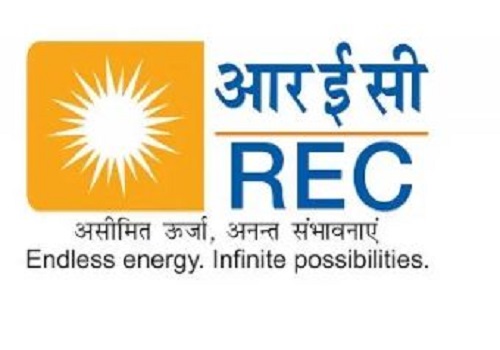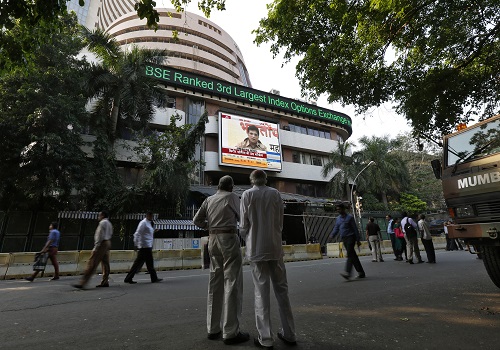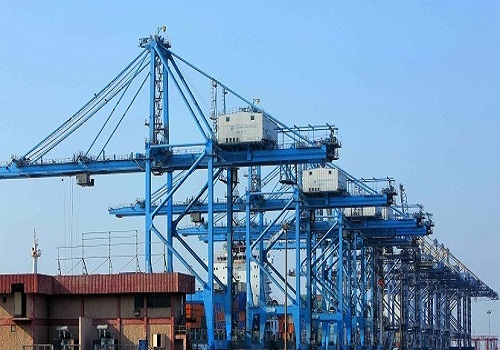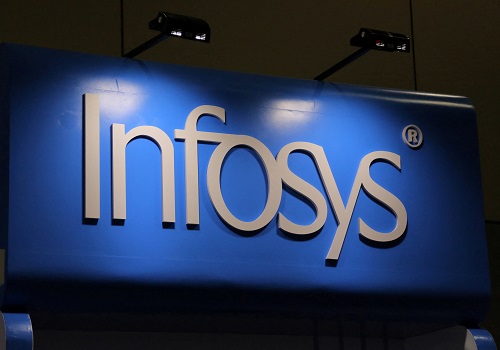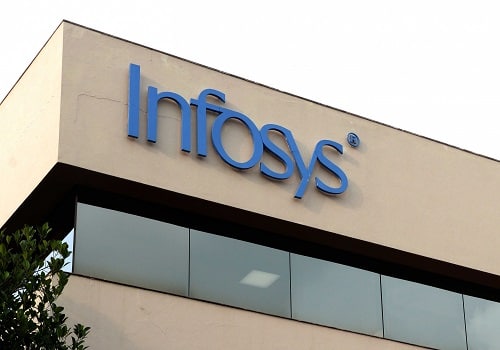Infosys CEO`s compensation rose 17% to $7.9 million in FY 2024
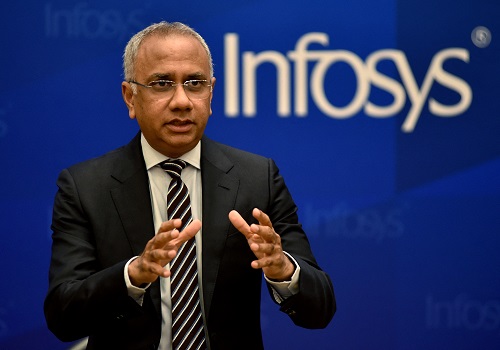
Infosys CEO Salil Parekh's compensation rose 17.3% to 662.4 million rupees ($7.9 million) in fiscal year 2024, making him one of the highest paid Indian IT chiefs currently occupying office.
The longest-serving non-founder CEO at the tech firm took home 74.7 million rupees in total fixed pay and 197.5 million rupees in bonuses, incentives and variable pay, the country's No.2 software maker revealed in its annual report on Monday.
The compensation also included 390.3 million rupees as perquisites on account of stock options exercised.
The increase in pay compared to last year was primarily led by higher number of stock options exercised during the year.
The company recorded its slowest annual revenue growth rate ever in fiscal year 2024 in terms of constant currency growth. For fiscal 2025, Infosys forecast revenue growth between 1% and 3% in constant currency, while most analysts had expected growth of at least 2%-5%.
Tata Consultancy Services , India's biggest IT firm, last month said that its CEO, K Krithivasan, earned 253.6 million rupees in financial year 2024, which would likely make him the lowest paid CEO among top the four Indian IT firms.
Wipro's new CEO, Srinivas Pallia, stands to earn between $4.5 million and $7 million annually for the next two years. The company veteran was appointed to the top job in April.
Outgoing CEO Thierry Delaporte who resigned in April, earned $20.1 million in fiscal year 2024.
($1 = 83.1272 Indian rupees)
